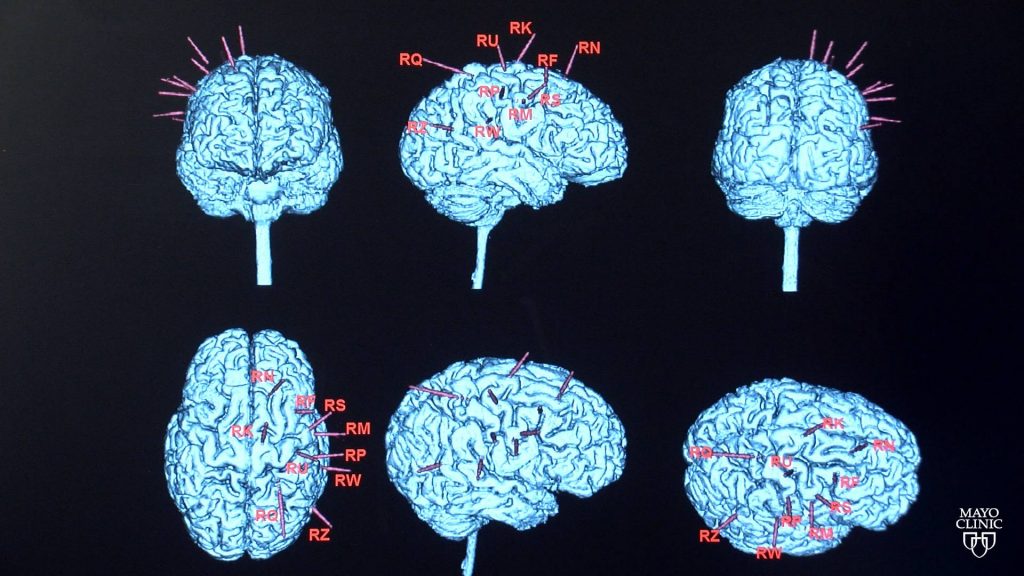-
Neurosciences
Epilepsy and seizure disorder awareness

Epilepsy is a neurologic disorder that affects 3 million Americans and nearly 65 million people worldwide. Unprovoked seizures that affect people of all ages are a hallmark of epilepsy. November is National Epilepsy Awareness Month.
Education and awareness are key to effective treatment and quality of life for patients with epilepsy.
"Epilepsy is often considered a pejorative term by many people because it seems to convey a certain sense of negativity or stigma. The truth is epilepsy and seizure disorder are technically the same thing, and with the right treatment, patients can have a good quality of life," says Dr. Joseph Sirven, a Mayo Clinic neurologist.
Not all seizures are the same
A seizure is an abnormal electrical communication, almost like a power surge, that occurs in the cortical neurons in the brain. The cause of the surge may vary. "Oftentimes, it can be something as common as prescription medication. But a head injury or a big shock to the system, such as with a stroke or a brain tumor, can cause the imbalance, too. There are a lot of different possibilities," says Dr. Sirven.
As the population ages, doctors also are finding neurodegenerative disorders, including dementia and Alzheimer's disease, can contribute to seizures.
The biggest misconception around epilepsy is that all seizures are the same.
"Seizures can present in so many ways. Most people, when they hear the word seizure, think of a big convulsion and falling down very dramatically," explains Dr. Sirven. "In reality, only a percentage of patients have what are known as grand mal or tonic-clonic seizures. There are a lot of other possibilities, too, such as people who may stare and may not respond, or they may lose vision for a moment or develop a certain repetitive tremor."
New advances in care
Over the past few decades, significant advances have been made in treatments for patients with seizures and epilepsy.
"People with epilepsy have many options today. As a comprehensive epilepsy center, Mayo Clinic has the ability to offer patients all the options available, from medications and devices, which are like pacemakers for the brain, to surgery," says Dr. Sirven.
Epilepsy surgery is curative for up to 80% of patients, he adds. "When we know where a person's seizures are coming from and determine we can safely resect it ― or bypass the areas ― surgery can lead to complete seizure freedom, and that is huge."
Watch: Dr. Sirven discuss epilepsy.
Journalists: Broadcast-quality sound bites with Dr. Sirven are available in the downloads. Please courtesy, "Joseph Sirven, M.D. / Neurology / Mayo Clinic."
Future focus
As the incidence of epilepsy continues to rise, researchers are working to find new ways to manage and treat the condition.
One priority area is seizure prediction.
"This is a huge focus because one of the things that people complain about the most is that there's no prediction as to when the next seizure is going to occur. And if they knew when a seizure is going to occur, they would be able to do something about it," says Dr. Sirven.
Also, scientists are working on treatments to address seizures caused by an immunological condition.
"We're uncovering more about antibodies circulating in the body that are leading to seizures in some people," says Dr. Sirven. "We are beginning to look at treatments, which are going to be very different from the current anti-seizure drugs. These are going to be all about calming the immune system down and trying to reduce inflammation in the brain."







